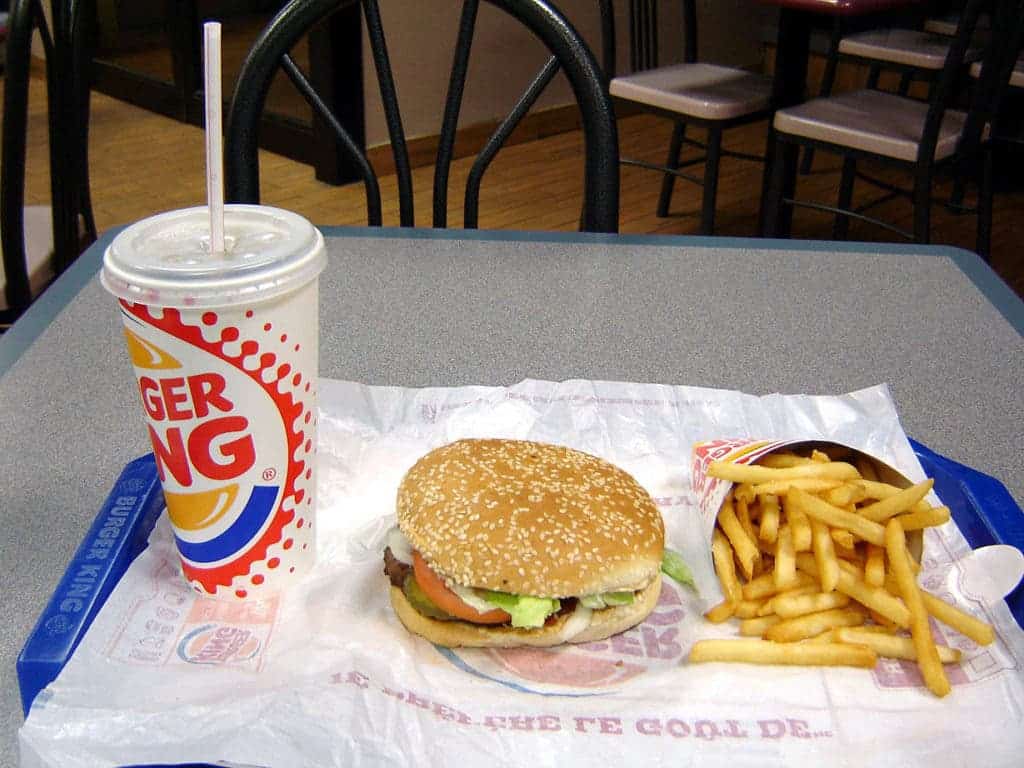A recent study found that one third of fast food products wrappers in the US contained fluorinated chemicals which can migrate into your food.
“This is a wake-up call for those companies and the consumers,” the lead author said.

When you get some fast food, you usually know what you’re getting for your money: tasty, inexpensive, filling, familiar, and unhealthy food. But what you might not know is that some unwanted chemicals also manage to sneak in. Fluorinated chemicals are preferred in food wrappers because they’re grease-repellent — and you’ve likely noticed this first hand if you enjoy your kebabs or burgers.
The substances in case are called per- and polyfluoroalkyl substances (PFASs). We don’t really want them in our bodies because they’re not easily eliminated, they tend to stick in our bodies where they can do a lot of damage.
“This is a really persistent chemical,” said Graham Peaslee, a professor of experimental nuclear physics in the College of Science at the University of Notre Dame, who tested the samples. “It gets in the bloodstream, it stays there and accumulates. There are diseases that correlate to it, so we really don’t want this class of chemicals out there.”
Previous studies have linked PFASs to kidney and testicular cancers, thyroid disease, low birth weight and immunotoxicity in children, among other health issues. The substances are also not biodegradable. They don’t degrade in the human body and they don’t degrade in the outside environment (it takes years and years before even 50% of them is eliminated from the human body).
The researchers tested over 400 samples of packaging material, including hamburger and sandwich wrappers, pastry bags, beverage cups and French fry containers. They found evidence of PFAS in 56 percent of dessert and bread wrappers, 38 percent of sandwich and burger wrappers and 20 percent of paperboard. Paper fared the worst, with 46% of all samples testing positive for fluorine. The samples were collected from 27 fast food restaurant chains including McDonald’s, Burger King, Chipotle, Starbucks, Jimmy Johns, Panera and Chick-Fil-A, in and around Boston, San Francisco, Seattle, Washington, D.C., and Grand Rapids, Michigan. The study did not analyze Chinese food or similarly packaged meals.
For consumers, it’s hard to tell the difference between packaging with PFAS and those without them.
“Unfortunately, for consumers, there’s no easy way to tell — just by looking at packaging — whether or not it contains fluorinated chemicals,” Schaider said. “For people who wish to reduce their exposure to these chemicals, they may be able to take some steps … to reduce that migration from packaging into food — for instance, by taking the food out of the packaging sooner rather than later.”
But what consumers can do is put pressure on food retailers to move away from these chemicals. Send an email to your local McDonalds, ask the guys at KFC for a noncontact paper bag, make your voice heard.
Journal Reference: Laurel A. Schaider, Simona A. Balan, Arlene Blum, David Q. Andrews, Mark J. Strynar, Margaret E. Dickinson, David M. Lunderberg, Johnsie R. Lang, and Graham F. Peaslee — Fluorinated Compounds in U.S. Fast Food Packaging. DOI: 10.1021/acs.estlett.6b00435


